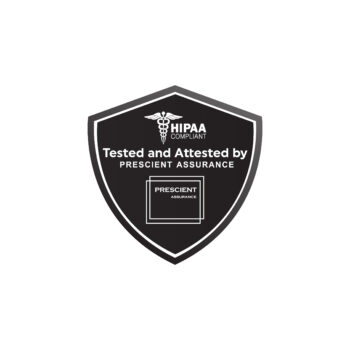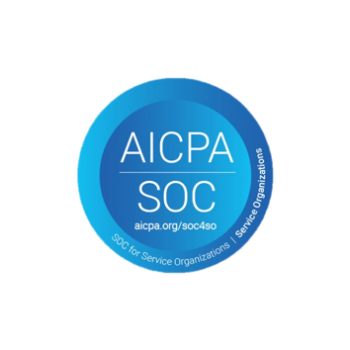
Claim statusing is a vital component of revenue cycle management, ensuring healthcare providers receive timely reimbursements for the services they deliver. However, the traditional manual approach to tracking claims can be frustratingly slow, error-prone, and resource-intensive. As healthcare organizations face increasing financial pressures, automation has become essential for streamlining claim status inquiries and improving operational efficiency.
The Challenges of Manual Claim Statusing
Many healthcare providers and revenue cycle teams still rely on staff to manually check claim statuses via phone calls, payer portals, and clearinghouses. This method is not only tedious but fraught with inefficiencies. Some of the biggest challenges include:
- Time-Consuming Processes: Staff members spend countless hours navigating payer websites and making phone calls instead of focusing on high-value tasks.
- Delayed Reimbursements: Without real-time updates, claims can stall, causing cash flow disruptions and financial uncertainty.
- High Labor Costs: The more claims an organization processes, the more staff it needs to track their status, increasing overhead expenses.
- Human Errors & Inconsistencies: Manually checking claim statuses can lead to misreported information, missed denials, and unnecessary resubmissions.
These challenges contribute to revenue cycle inefficiencies, forcing organizations to work harder instead of smarter.
How Automation Transforms Claim Statusing
Automation revolutionizes claim statusing by eliminating manual work, increasing accuracy, and accelerating reimbursement cycles. Here’s how:
- Instant Status Updates: Automated systems pull real-time claim status data from payers, reducing the need for manual inquiries.
- Proactive Denial Management: AI-driven automation detects potential denials early, allowing teams to act before revenue is lost.
- Improved Cash Flow: Faster claim processing leads to quicker reimbursements, ensuring financial stability for healthcare organizations.
- Reduced Administrative Burden: Automation frees up staff time, allowing revenue cycle teams to focus on strategic initiatives instead of repetitive tasks.
- Scalability & Efficiency: As claim volumes grow, automated systems seamlessly handle increased workloads without requiring additional staff.
The Future of Claim Statusing
Automation is no longer a luxury—it’s a necessity for healthcare organizations aiming to optimize revenue cycle performance. Those who embrace AI-driven solutions and automated workflows can reduce overhead costs, minimize delays, and enhance financial predictability.
The future of claim status tracking is automated, intelligent, and highly efficient. Healthcare leaders who act now will set themselves apart, ensuring their revenue cycle operates with precision and speed.




